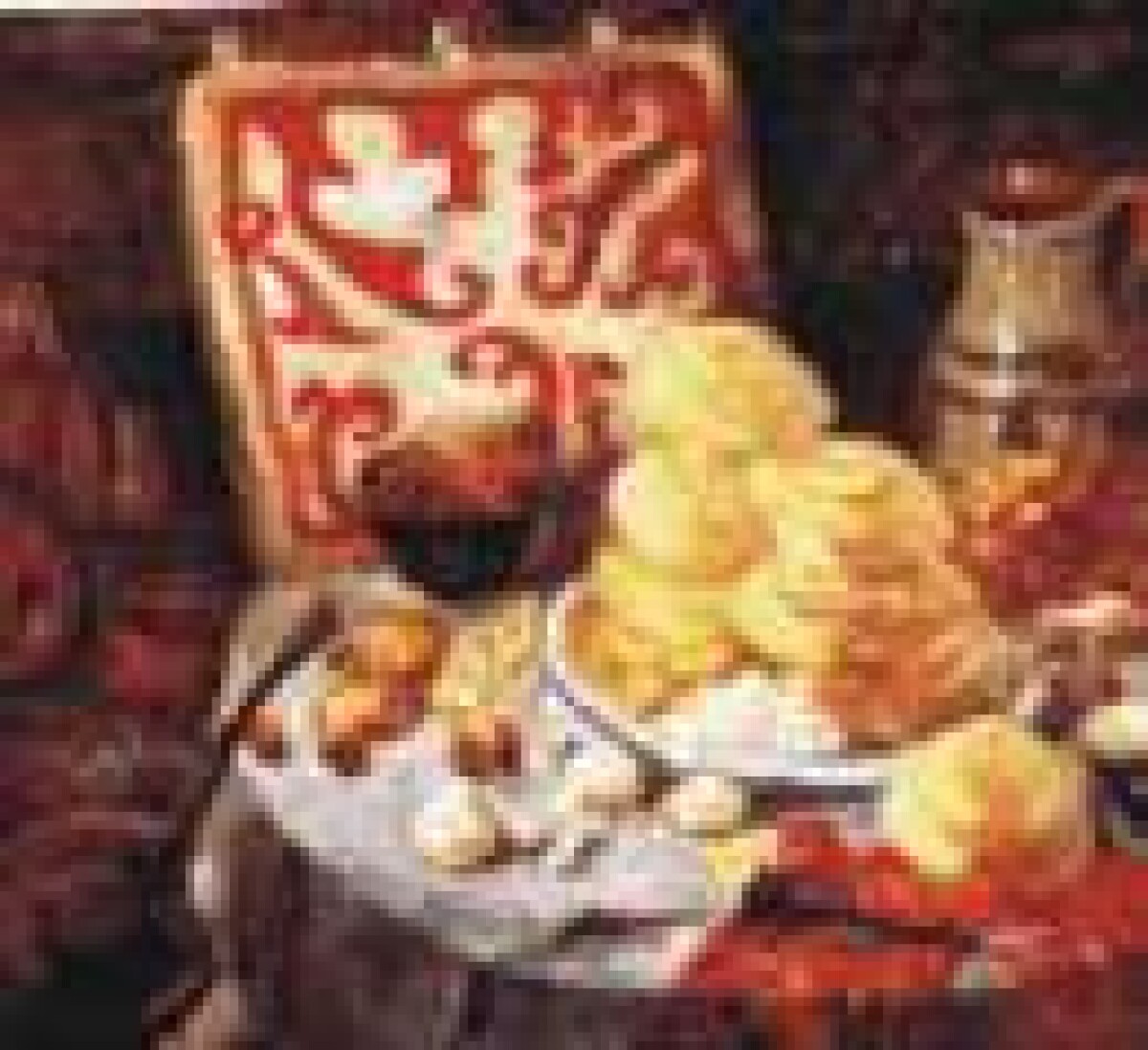
Kumis
The kumis was produced a very long time ago. For traditional cooking of kumis it is important to have a fresh mare's milk, the wineskin from the skin of camel, goat or foal, which should be poured with the fresh mare’s milk and yeast. It should be stored for the night in a warm place and then mixed with the special whisk. The dried fatty kazi should be added to the wineskin. They give kumis a distinctive taste. The industrial production of kumis is adjusted in modern conditions. Kumis is not just tone up the body, quenches thirst and has a pleasant taste, but also has a number of medicinal properties: it is used in the treatment of tuberculosis.
Shubat (sour camel's milk)
The technology of creating a shubat is less complicated than kumis. At first, the leaven should be put in torsyk (leather bag) or a wooden tub, then the poured fresh camel milk, at the end it should be closed with the lid and stored over the night for souring. Shubat should not be periodically shaken as kumis; it should only be stirred well before serving. Shubat has a pure white color; it is dense and its fat could be compared to the mare's milk. Fatness reaches 8 %. It is well maintained and does not lose its qualities. It not only treats tuberculosis, but also some stomach and intestinal diseases.
Ayran (kefir)
It produced from both skimmed and whole milk of cow, sheep, goat and horse. Milk should be boiled and then cooled until it became warm. Then the yeast should be added and then it is necessary to shake it and leave it for 1-2 hours. Ayran cannot be stored more than a day it loses its quality.
Katyk (curdled milk)
It produced from the ghee milk of sheep, cow and goat. In order to do this the milk should be boiled on the slow fire and then cooled to a warm state, then the yeast should be added and stirred. It should stay for 2-3 hours in a warm place. Use refrigerated.
